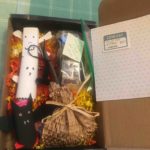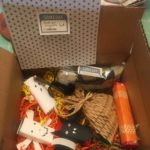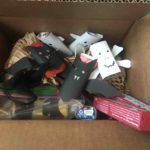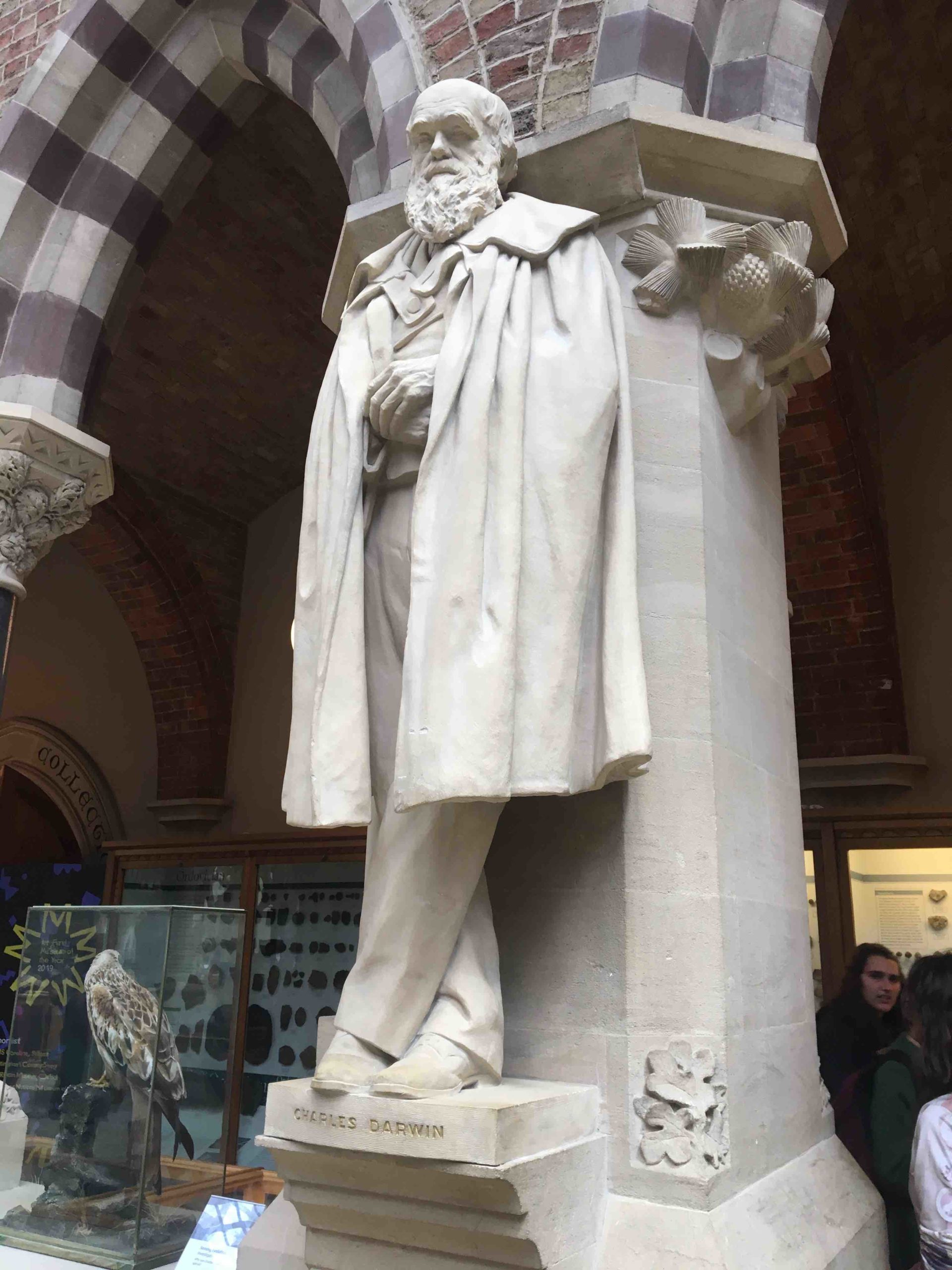
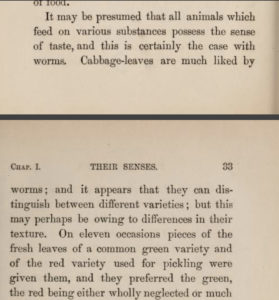 My favourite book by Charles Darwin is the one about worms (The formation of vegetable mould, through the action of worms: with observations on their habits: 1881). Today, Darwin is still a larger than life iconic figure, but thanks to his habit of writing in books, known as marginalia, we have insights into him as a person, and we also know that he was a doting dad.
My favourite book by Charles Darwin is the one about worms (The formation of vegetable mould, through the action of worms: with observations on their habits: 1881). Today, Darwin is still a larger than life iconic figure, but thanks to his habit of writing in books, known as marginalia, we have insights into him as a person, and we also know that he was a doting dad.
For as long as I have been doing science, a lot of professors, from my teachers to supervisors to my colleagues have looked askance at me for treating science as fun. It's as if these folk view doing good research and being excited and enthusiastic as mutually exclusive. A lot of science is incredibly tedious, so it really helps to be able to make the boring stuff fun. Otherwise, if you're at all normal, you will end up wanting to eat your own head in the process of creating new knowledge.
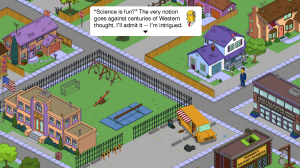
This practice of eschewing emotion comes from the many scientists who have drunk the "we're so neutral, objective, and above the fray" Kool-Aid. Sure, I can coolly heap serious criticism on research (and researchers) with the best of them, but I generally prefer to treat science as a collaborative, group effort, in which we lift each other up by being encouraging and supportive.
 My latest project to humanize science and have fun involves applying my ideas for a field course kit to a Trick or Treat Kit to allow colleagues and friends with young children to do Hallowe'en in a pandemic.
My latest project to humanize science and have fun involves applying my ideas for a field course kit to a Trick or Treat Kit to allow colleagues and friends with young children to do Hallowe'en in a pandemic.
Last week, my colleagues at the Journal of Visual Experimentation hosted my webinar in which I described my process for taking my cancelled in-person field course online, and how it could be applied to any lab. course. I used JoVE's great resources for the Winogradsky column lab in my course, and I designed a cool, inexpensive #KitchenSinkEcology kit that I sent to students to do #ScienceFromHome (right).
At the end of my "Reimagining a Field Course for Virtual Delivery" webinar (slides with presenter notes: new final Virtual Field Course JoVE slides Bazely pref format), I showed how my approach could be applied to Hallowe'en kits. Please see my How to do Hallowe'en in a Pandemic newsletter for the links to the crafts and activities that I researched and used in my Trick or Treat kits. I had a lot of fun designing the kits, that included knitted witches' hats and ghosts made from scraps of black and white wool.
Good science involves imagination, creativity, research, persistence, experimenting, testing and even having fun. The young family next door helped me with testing my kit design. So, there you have it. Science pedagogy-inspired fun for all.

